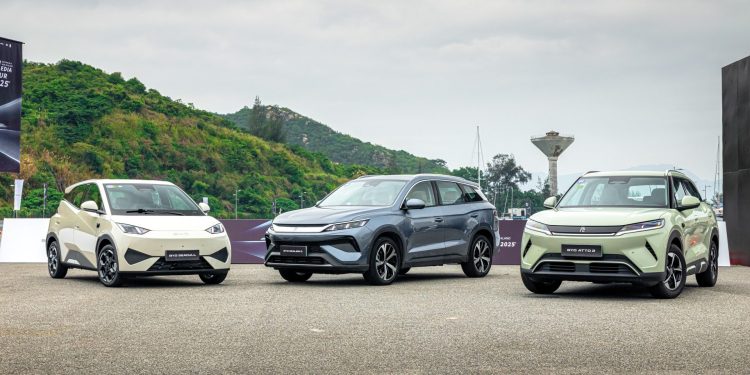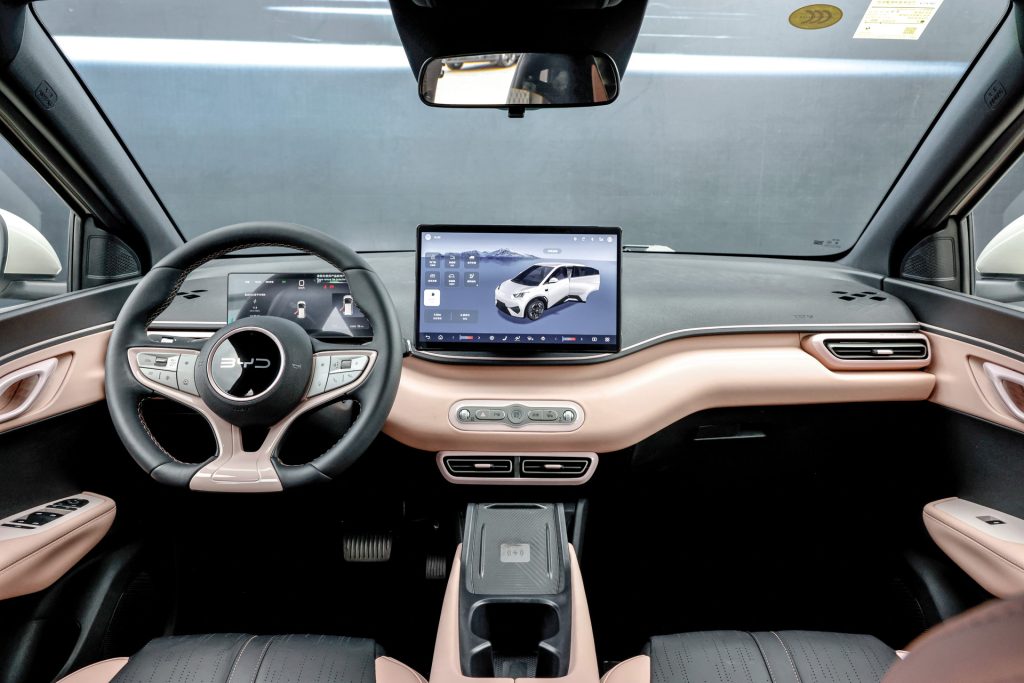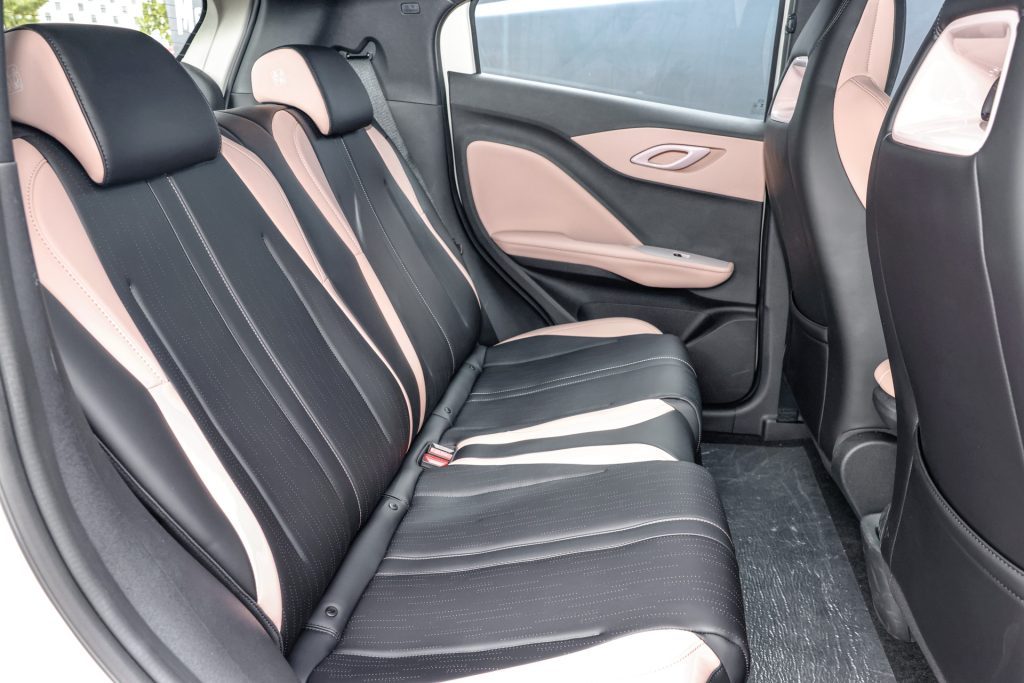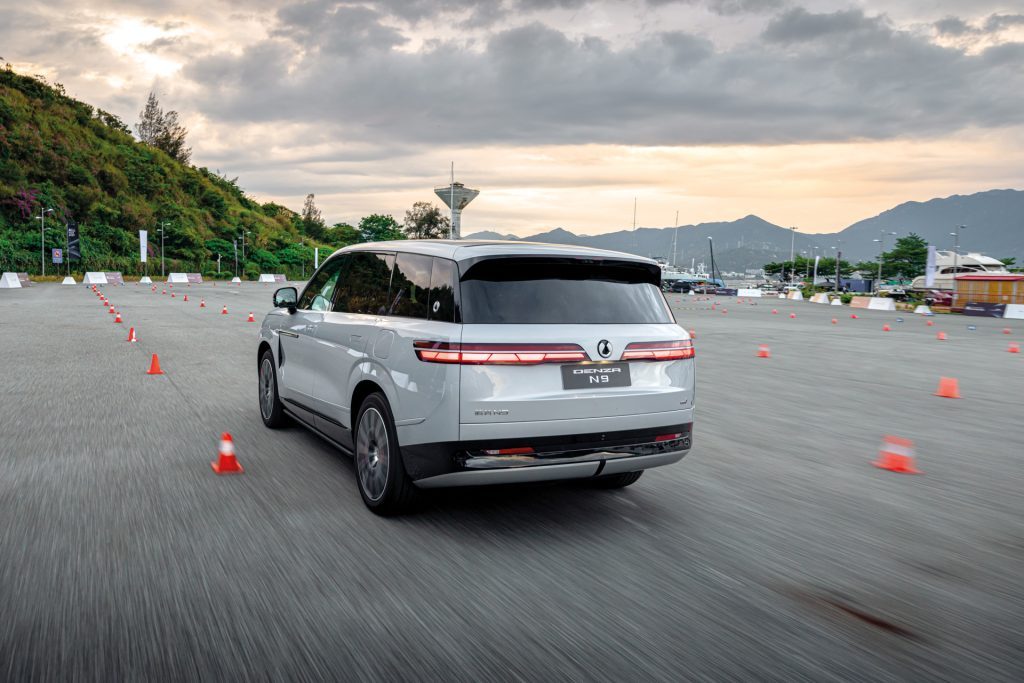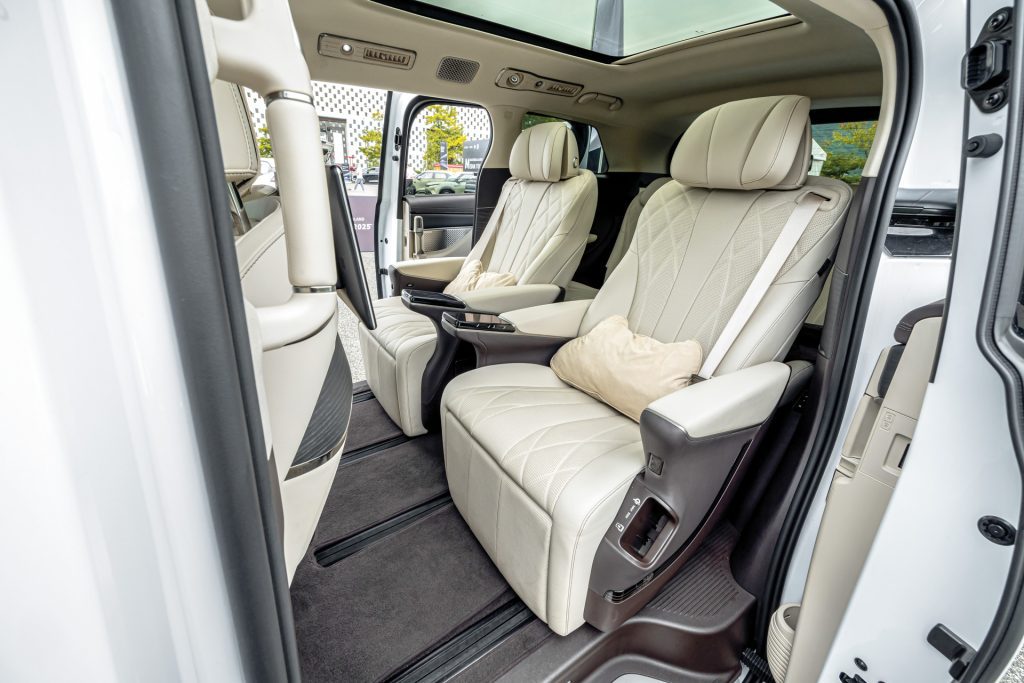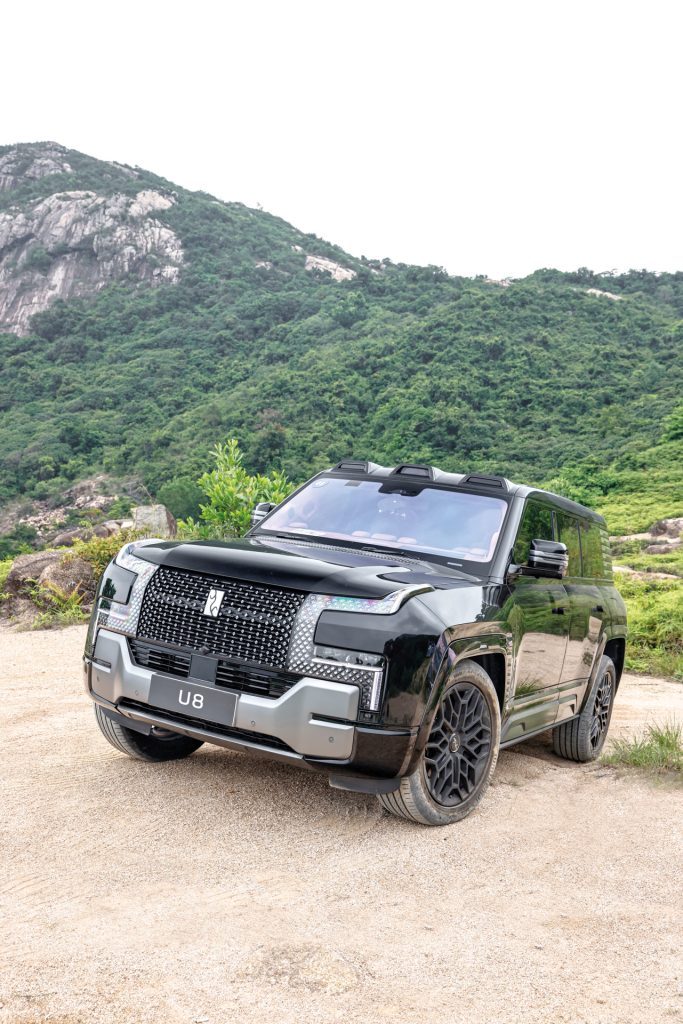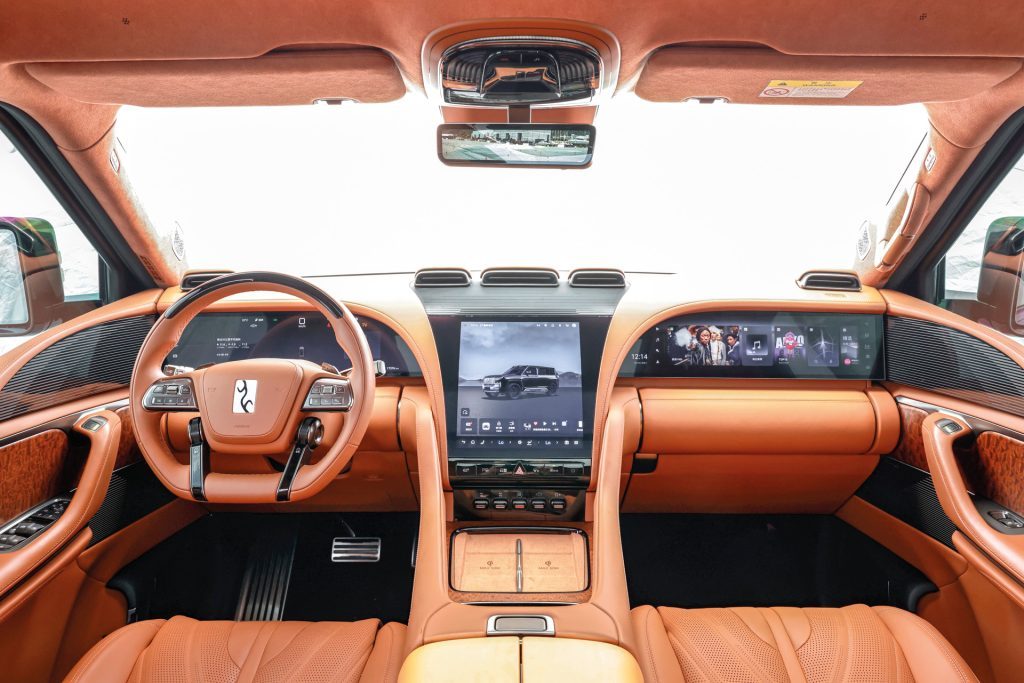Big things coming from BYD
Words: Richard Edwards | Photos: BYD
Managing Editor, Richard Edwards, heads to China to check out what BYD has in store for us down here. And there is plenty.
BYD has been warning of a massive product onslaught for some time. That time appears to be now, with NZ Autocar joining management in China recently to check out the models likely to dot down here next. Some are exotic (more on those in a bit) but the most likely in the near future are a little more, well, modest.
At the front of that wave are three new models either confirmed or highly likely for NZ: the Seagull, Atto 2 and Sealion 5.
We’ve now driven all three, and if these cars make it here (we suspect they will), they could be the value-focused electrified vehicles many say the market needs.

BYD Seagull – Believe the hype
There has been much hype around the BYD Seagull, an EV that is currently on special in China for around $NZ13,000. For the price of a six-year-old Aqua you could instead have a brand spanking electric car. Must be a glorified golf buggy, right?
We spent time with the Seagull in China and the big takeaway; it’s not a budget car in the old sense. Yes, it’s affordable, but the build quality, refinement and tech suggest something more upmarket.
The 3780mm long Seagull uses BYD’s Blade Battery and is offered with two pack options, 30kWh and 39kWh, good for 305km and 405km CLTC range, respectively (knock one-third off, basically). It’s front-wheel drive, with a single motor outputting 55kW and 135Nm. Charging speed is modest (30–40kW DC) but appropriate for the battery size.
Inside, the Seagull has the usual BYD tech flair with a rotatable 10.1-inch infotainment screen in top-spec models, a five-inch digital cluster, a flat-bottom steering wheel and solid-feeling switchgear. Boot space is a useful 300L, expanding to 900L with the seats down.
The wee car is genuinely spacious too, with a 2500mm wheelbase. Check out the video on our YouTube channel, where my six-foot-plus frame proves real humans can fit in both rows. Sure, it’s cosy, but in practical terms it is more spacious than the current NZ small-car queen, the Suzuki Swift.
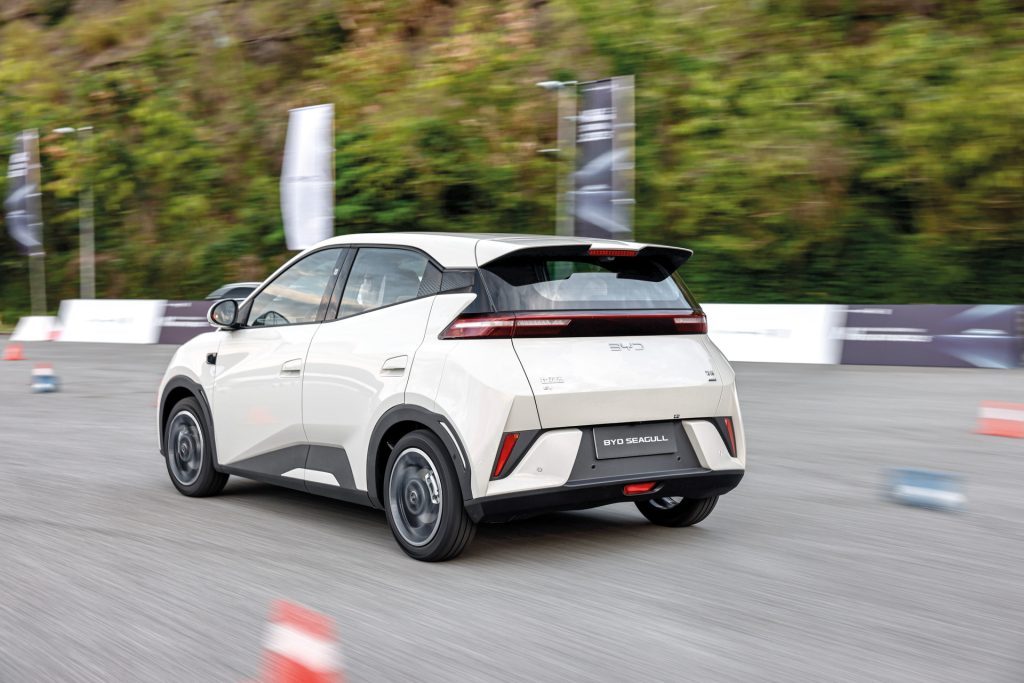
We only drove the Seagull on a small carpark circuit but there it proved an absolute hoot. Performance on paper looks meh, at around 14.9 seconds to 100km/h, but it’s mapped for low-speed responsiveness, hitting 50km/h in around six seconds. The steering is light but accurate. Visibility is good. It’s fun to drive in a way that few budget cars ever are. You can even lift a rear wheel or force it into a little lift-off oversteer.
And yes, like all BYDs, it even gets vehicle-to-load. Our test units were fitted with the brand’s God’s Eye driver assistance system, but we didn’t get to experience that and it’s not for export yet.
If BYD NZ can land Seagull around the $29,990 mark, it’ll undercut every other new EV (and many petrol cars) and might just become the new benchmark for entry-level electrification.
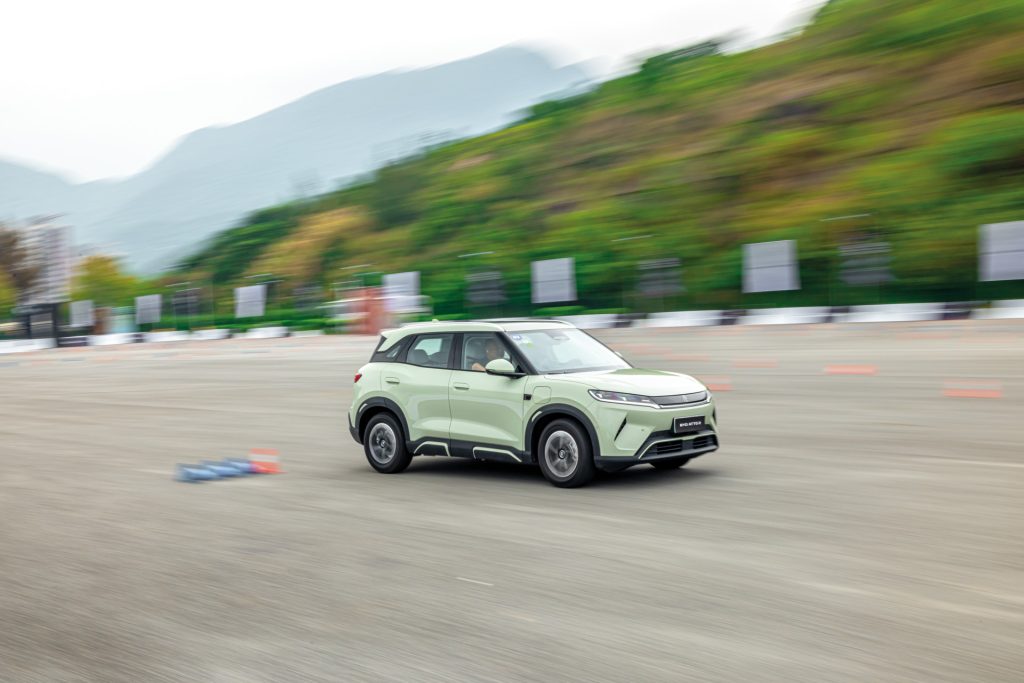
BYD Atto 2 – A better Atto?
Known in China as the Yuan Up, the Atto 2 is the little brother of the Atto 3 (Yuan Pro) but outdoes its sibling in feeling more modern and premium. Part of that is simply from being a newer model with a fresh interior design aesthetic that is less polarising than the Atto 3’s.
While our test car featured a 45.1kWh battery, Atto 2s heading Down Under will get a 50kWh unit, powering a single 130kW/290Nm front-mounted motor. WLTP for the 45kWh model is 312km, so expect 340–360km real-world from the larger pack. The car’s on-track readings suggest BYD is continuing to improve its efficiency.
The Atto 2 stands apart with chunkier styling, its taller profile more in line with compact SUV trends. It is 4310mm long, with a 2620mm wheelbase and kerb weight is around 1430kg. Inside, there’s a rotating 12.8-inch infotainment screen, 8.8-inch instrument cluster and premium-feel details like a crystal gear selector and wireless charging pad. Rear legroom and headroom are generous and the boot offers around 400 litres of space.
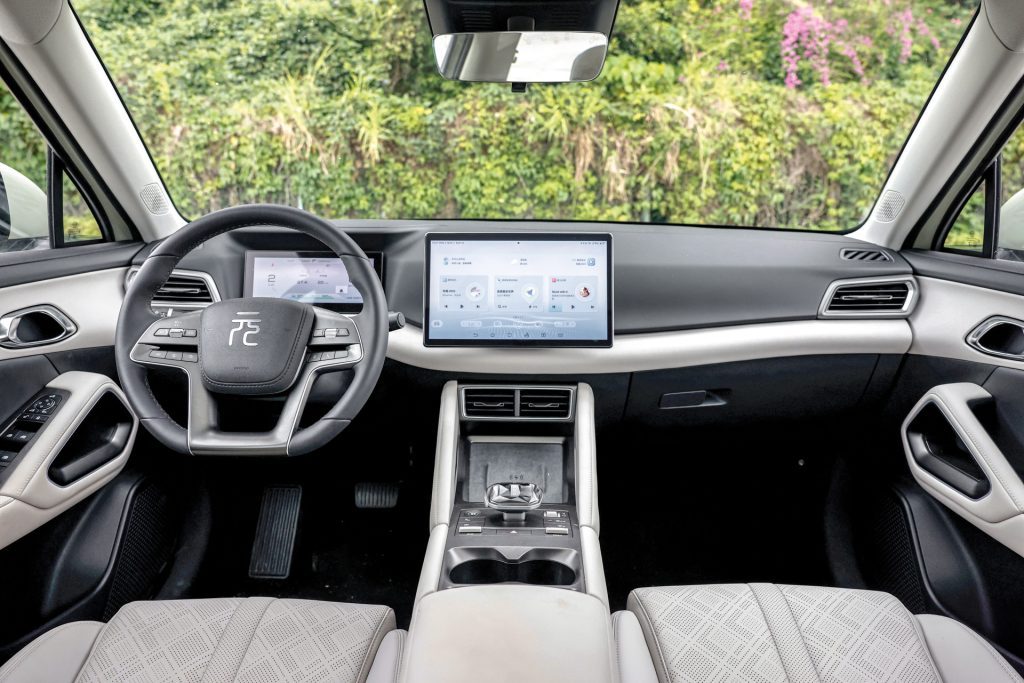
In Chinese trim, the ride is more compliant than the Atto 3’s, making it a better daily runabout. Steering is predictable and, while it’s not fast, it’s responsive. The car on test was fitted with some rather low-grip Chinese-branded tyres. We would love to see what it is like on decent rubber.
For NZ, this could be BYD’s strongest contender if priced under $45k. It matches the cuteness of the Seagull and Dolphin with ‘good enough’ range and performance. As an Atto 3 owner, it pains me to say that this is the better car.

BYD Sealion 5 – A budget PHEV SUV?
BYD’s Sealion 6 was an important launch for the brand and it has collected a few key awards as well as steady sales. Kiwis seem to be getting a taste for PHEV SUVs.
It is no surprise then that BYD wants to expand its range and this is likely to be next off the rank. Like the 6, the 5 is a facelift model of a car that has been in China for a few years. So it’s not exactly the latest and greatest, but a sharp price tag could counter that.
It’s only available as a PHEV using BYD’s latest DM-i system. Like the 6, it uses a 1.5L petrol engine paired with electric motors and an 18.3kWh Blade Battery capable of around 90km of pure EV range and 2.0L/100km.
The handling of this Chinese-spec model was decent enough, but not sporting; it leans more to the comfort side of the ledger. The drivetrain outputs a combined 145kW and 325Nm of torque through the front wheels, meaning it feels brisk, though is just shy of feeling rapid.
In terms of size and spec, think of it as slightly smaller than a RAV4 but with enough interior volume to be competitive. Its biggest issue is that it feels a little dated. But honestly, fleets and money-savvy buyers are unlikely to care about that. The bottom line is key.

BYD Premium – What Should Come to NZ?
BYD is doing pretty well here in NZ, and the trio above will boost its prospects further. But that is just the start for wider BYD intentions, with confirmation it will begin claiming some premium ground here under a couple of new brands. These include Denza, originally a joint venture with Mercedes but now entirely Chinese-owned. That will be the first to arrive here, along with vehicles rebadged from its Fangchengbao off-road sub-brand.
We drove six of the most likely candidates for export: the Bao 5 and Bao 8, the outrageous Yangwang U8 and three Denzas; the D9 MPV, the Z9 GT shooting brake and the flagship N9 SUV.
Let’s work through them one by one and make a call on their prospects.
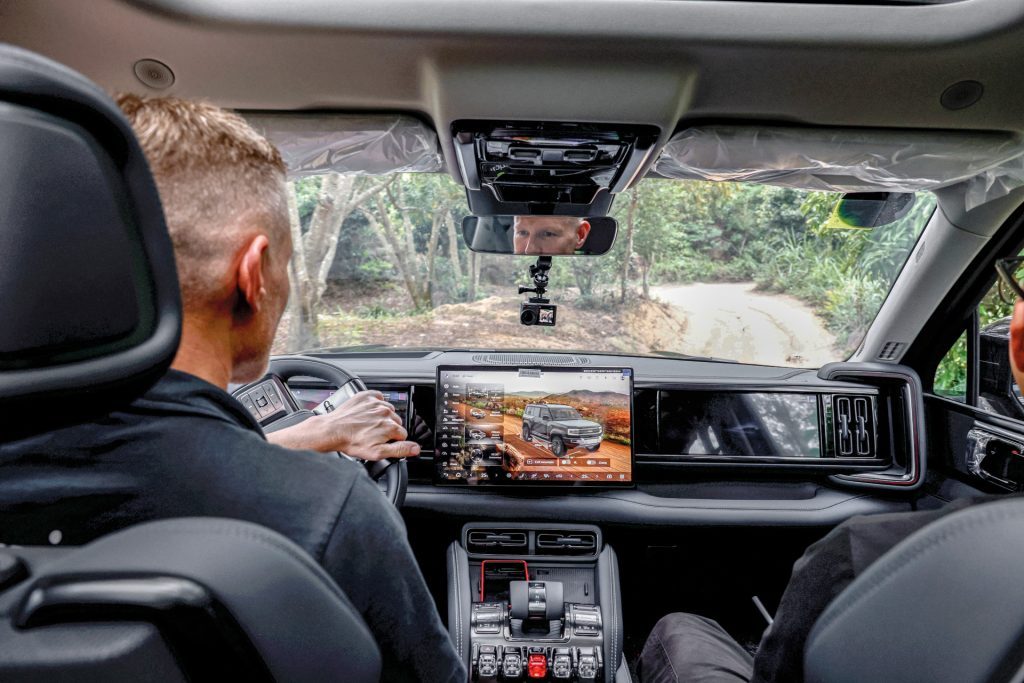
Fangchengbao Bao 5 – SUV with a hint of Shark?
The Bao 5 (which may arrive here as the Denza B5) is BYD’s mid-size off-road offering. Think of it as a Prado-sized SUV, only with 505kW of plug-in hybrid power and three locking diffs. It’s built on BYD’s DMO Super Hybrid platform and features a 31.8kWh battery offering around 100km of EV-only range.
On paper, it’s impressive. In reality, it’s even better. The B5 feels nimble and capable, whether it’s crawling over rocks or threading through tight forest trails. The ride is solid, the suspension well sorted and the interior quality a noticeable step up from the Shark ute with which it shares some DNA.
Inside, there are three screens up front, a central fridge and rear seats that are both spacious and well-trimmed. There’s no third row but that feels intentional. This is a proper five-seater adventure vehicle that just happens to hit 0–100 in 4.8 seconds. A real standout.

Fangchengbao Bao 8 – Better than the LC300?
Measuring over five metres long and weighing more than 3.3 tonnes, the Bao 8 combines the same 505kW hybrid drivetrain as the B5 with DiSus-P air suspension and a much grander cabin.
And it works. Whether navigating off-road tracks or hustling through a short on-road loop, the Bao 8 felt balanced, planted and (perhaps most surprisingly) fun. The air suspension smooths out harsh impacts and keeps the SUV flat through corners, while four-wheel drive traction means it never feels overwhelmed.
The interior ups the luxury significantly: there’s a full-width screen suite, pop-out sidesteps, an integrated fridge and rear-seat comfort worthy of a Lexus LX. It also offers flexible seating layouts, including a six- or seven-seat configuration and excellent third-row space.
Of the vehicles we drove, this was the most complete and market-ready. Expect it to land just north of $100k if BYD NZ can sharpen the pencils. Yes, that is well into Landcruiser 300 territory, but the 8 is arguably worth it.
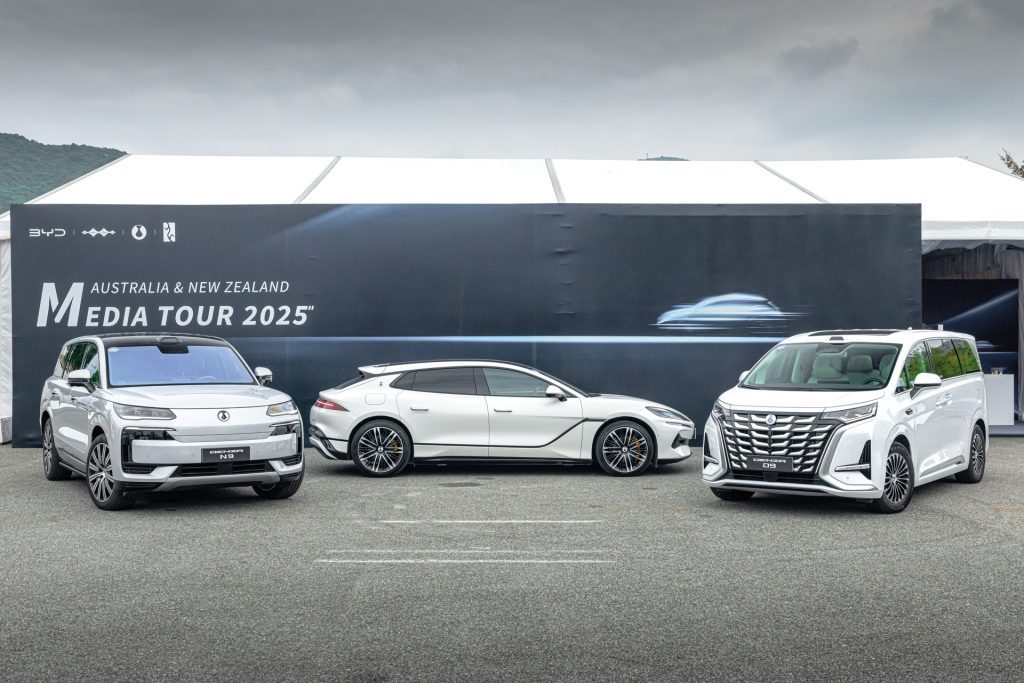
Denza N9 – Range Rover beware?
Don’t let the N9’s size fool you; at over 5.2 metres long and two metres wide, it could be mistaken for a freight train. But it moves with surprising grace. Underneath is a 680kW tri-motor powertrain, air suspension and BYD’s e³ platform. The result is a vehicle that’s both rapid and composed.
From the driver’s seat, the N9 felt impressively agile thanks to its suspension tuning and rear-wheel steering. Yes, there’s some body roll, but direction changes come quicker than expected and acceleration is brutal. This SUV shifts.
Inside, it’s luxurious but restrained, offering serious space and refinement without veering into excess. It’s probably the most serious challenger Denza will field against the likes of Range Rover, BMW’s X7 or the Mercedes EQS SUV and it feels ready for that fight.
Denza Z9 GT – The Wild Card
The Z9 GT is a 640kW plug-in hybrid shooting brake that looks like it’s been drawn by someone with a wild imagination and access to every cool part on BYD’s extensive shelves. Long, wide and low, it is surprisingly spacious inside but, like the U8, has a slightly dated luxury vibe.
We drove the PHEV version that pairs a 2.0-litre turbo engine with electric power for a 0–100km/h sprint of just 3.6 seconds. It’s brutally quick, rides surprisingly well on its dual-chamber air suspension and turns far better than a near-three-tonne wagon should, thanks to its 20 degrees of rear-wheel steering.
I wasn’t sure if the power delivery was particularly smooth or smart; the vehicle at times felt jerky in its delivery though being low on battery and pushed hard on a tight track could have contributed.
It’s not for everyone; this is a niche product, even by high-performance hybrid standards. But for the buyer who wants something left-field and capable of embarrassing supercars at the lights, the Z9 GT delivers.
Denza D9 – Impressive build
The D9 is Denza’s large people mover and without a doubt the best-built Chinese MPV I’ve ever driven. Whether in EV or plug-in hybrid form, it’s built for silent, seamless family or executive transport.
Our time behind the wheel confirmed its plush ride and whisper-quiet cabin. The second-row seats are true captain’s chairs; ventilated, massaging, and surrounded by entertainment screens and comfort tech. There’s even a chilled centre console between the front seats.
Handling is what you’d expect: soft, slightly floaty and not particularly eager. But that’s the point. For high-end airport shuttles or those who want an Alphard alternative, the D9 could be a compelling new option.
Yangwang U8 – Super SUV or a bit too much?
The Yangwang U8 is the headline act with four electric motors, a 2.0-litre petrol range extender, 880kW of power and party tricks like tank turns, crab-walk, and yes, it can float like a boat.
It’s huge, over two metres wide and packed with sensors, LiDAR and a satellite phone. The interior is stunning, with massage chairs, soft-touch materials, three large front screens and a rear-seat experience that outclasses many flagship German sedans.
But despite its spec-sheet fireworks, the U8 left us wondering: who is this really for? Yes, it drives smoothly and the tech is fascinating. Yes, it can handle off-road challenges without breaking a sweat. But with pricing rumoured to be well north of $200,000, it doesn’t really do anything (other than being a boat or a tank) the Bao 8 doesn’t already accomplish. To my western eyes, the interior also seemed a little dated.
If you’re after the ultimate Chinese luxury SUV, this is it. But for the New Zealand market, it might be one trick too many and the Bao 8 is likely the better choice.


